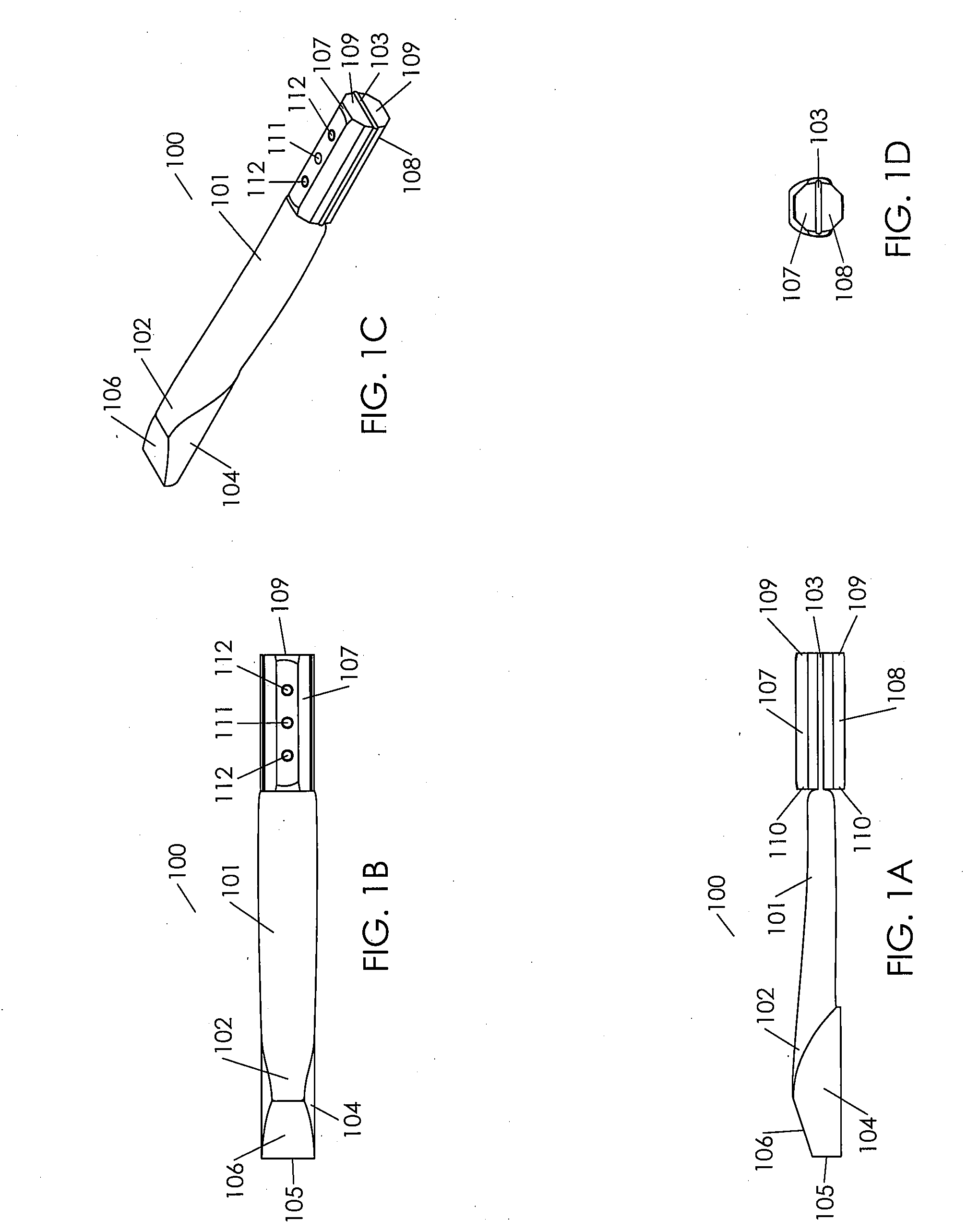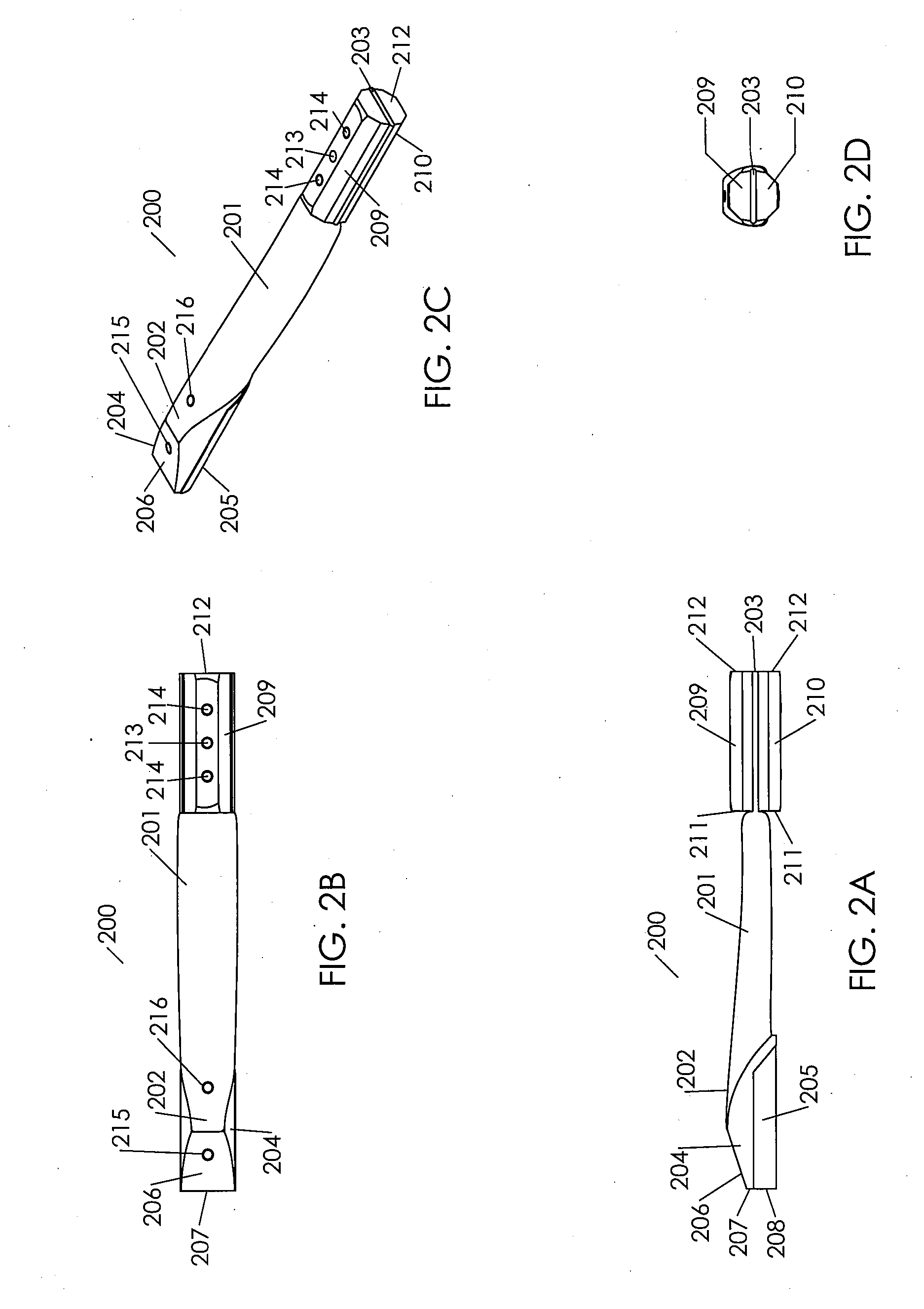However, use of autograft materials is attended by the significant
disadvantage that a second site of morbidity must be created to harvest autograft for implantation into the diseased or injured site.
Patients often complain about the pain and
resultant effects at the harvest site.
Additionally, the use of autograft materials increases
procedure time and operation costs, as well as increasing the physician risk due to the handcrafting and judgment oriented aspects involved in harvesting and shaping an
implant in the operating room.
Human allograft materials have the
disadvantage of being frequently low in availability and high in cost of
recovery, treatment and preparation for implantation.
Certain highly desirable tissue types such as tendon allografts in general and bone-tendon or bone-tendon-bone grafts in particular face long standing and significant supply shortages.
Demand for such tissues is difficult to measure definitively, but is believed to be at least about two to three times historically available levels of supply.
Such xenograft materials are readily available, but the
actual use of such materials is significantly constrained due to immunological, regulatory, and
disease transmission considerations and restrictions.
Further, due to differences in size, structure and
anatomy between species, it is sometimes difficult to locate a properly suited xenograft bone-tendon-
bone implant.
However, this technique is often not possible, especially when the damage to the
ligament is extensive.
One shortcoming of such procedures involving reconnection or redirection of tendons is that the repaired joint tends to lack flexibility and stability.
Despite the realized advantages associated with bone-tendon-bone grafts, there have been some difficulties encountered with utilizing currently available bone-tendon-bone grafts.
One problem with such a device is that the screw, although bio-compatible, will never become assimilated into the patient's body and will not be remodeled over time.
A second problem is that the tendon or
ligament will never form a natural attachment to the screw.
One shortcoming of this approach is that it is difficult to pull a predetermined tension on the tendon because the tendon slips in the
bone tunnel and uncontrollably alters the tension when the interference screw is being threaded in the
bone tunnel.
The slippery ligament is also subject to slippage when compressed between the
bone block and the
tunnel wall.
Such slippage results in a loss of tension in the joint.
In the case of an ACL repair, this loss of tension causes a wobbly knee.
A second shortcoming of this method is an increase in complexity, difficulty, and time required during implantation, as the components are not pre-attached and do not have any predetermined position along the length of the tendon prior to implantation.
This is undesirable in any human, and particularly in
athletes.
This can lead to impaired healing and
recovery due to tendon to
bone contact within the tunnel and also due to micromotions of the tendon within the tunnel.
Ultimately, this may lead to widening of the bone tunnels rather than their closure.
Additionally, the location of the tendon in the locking grooves is a function of the anchor body design and is not a controlled design parameter.
Thus, the tendon placement with respect to either the
tunnel wall or the tunnel centerline cannot be matched to particular surgical needs or to surgeon preference.
Further, there is an increase in complexity, difficulty, and time required during implantation, as the components are not pre-attached and do not have any predetermined position along the length of the tendon prior to implantation.
One shortcoming of this design is the very large amount of contiguous
cancellous bone required to construct the bone blocks.
Cancellous bone material is costly, as well as being in high demand and short supply.
This presents a conflict between the need to maintain the size of the
bone tunnel drilled in the patient's leg, the need to provide a large enough tendon to support the loads required for successful
recovery and
physical therapy, and the need to provide sufficient cancellous material for structural support and fixation.
While all of these embodiments are potentially useful, they each are challenging to manufacture and / or assemble due to their inherent complexity and reliance on small or intricate parts.
The availability of such implants can be limited due to the limited quantity of undamaged material sources and the age requirements that are acceptable to physicians.
Frequently, this leads to compromises such as excessive
gauge length (length between the bone blocks), which result in surgical challenges and compromised healing and recovery.
For example, a natural BTB with a tendon that is too long for an ACL repair results in having a length of unsecured and wobbling tendon in the bone tunnel between the ends of the secured bone portions.
The wobbling tendon hinders healing in the bone tunnel.
The making of BTB implants in this manner increases time spent in the operating room per procedure, which increases procedure costs, and can result in increased surgeon risk due to the fact that the surgeon is individually handcrafting each
implant.
 Login to View More
Login to View More  Login to View More
Login to View More 


